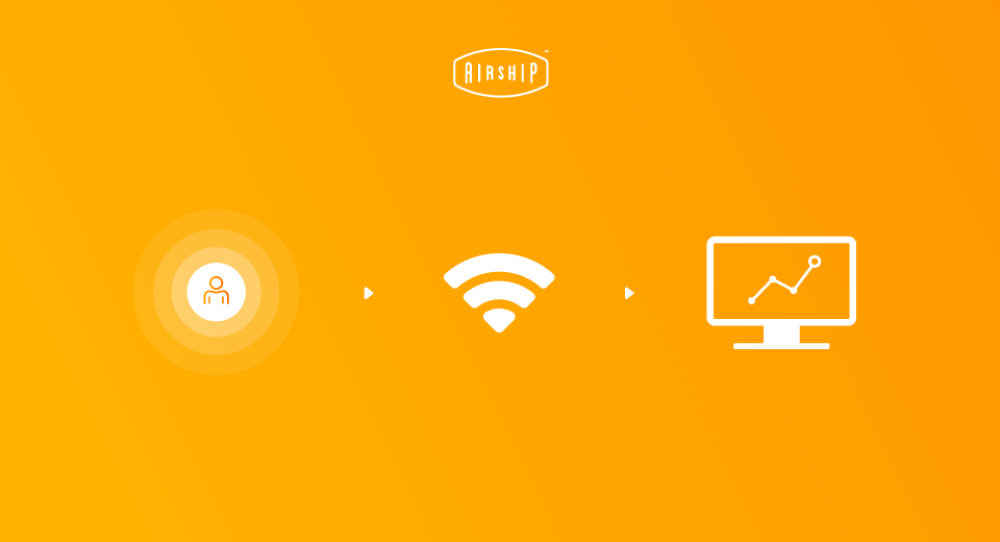Why itâs important to collect data from WiFi
28 Feb 2018

In business, data is what gives you the edge over your competitors. We have written about the value of investing in data in previous blogs, but it’s worth repeating: good, clean, data allows you to target people who you already know have shown some level of interest in your product or services, which leads to a greater return on investment.
For many of our clients, one of the most valuable sources of data comes from WiFi. Our friends and partner Purple WiFi are able to collect and store data from those who login to their WiFi. In one of our recent campaigns, 64% of all new data came from Purple’s WiFi, proving that WiFi is an invaluable way of collecting customer data.
The value of data collected from WiFi
Here are three reasons why data collected from WiFi is valuable for your business:
-
As a data collecting source, it is available 24/7, meaning that you never miss an opportunity to collect customer data. For those who work in retail/leisure/hospitality, WiFi can be used in all of your venues/sites to maximise the amount of data that you are able to collect.
-
You can get more precise information about your customers. Want to know who is in venue to watch the match? At weekends? For after work drinks? The data can show you. You can then use this data to segment data into groups for more targeted email broadcasts/social campaigns.
-
You can use WiFi to target customers with exclusive offers/encouragements. A WiFi bounceback is an email sent to customers after they have logged in to your WiFi. You can then use this email to provide purchasing or booking incentives.
WiFi splash/landing pages can also be utilised to encourage people to ‘like’ or follow your social pages.
Using WiFi to collect data - a case study
Airship put together an email marketing campaign for our client which consisted of constructing a four stage ‘welcome journey’ with the aim of increasing the amount of valuable data and the amount of sales/bookings for our client. Alongside the four emails of the welcome journey, we ran a WiFi bounceback email at the same time.
The WiFi bounceback email was sent to everyone who logged into WiFi whilst inside one of our client’s venues. In total, it was broadcast to over 75,000 people, and had an open rate of 13%.
WiFi bounceback emails are useful for cleaning down bad email addresses from your CRM - you can see from the deliverability (hard bounces, for instance), the number of email addresses that are not valid and can therefore be removed from your CRM.
In our case study, 64% of total new data collected came from our partner’s Purple WiFi, who collected and stored all data collected from those who had logged into our client’s WiFi whilst in venue. This data can be used in future marketing campaigns, providing ongoing, sustainable added value to our client’s CRM.
Conclusion
If you are a retail, leisure, or hospitality business using WiFi to collect customer data should be an essential part of your marketing strategy: as discussed, WiFi enables you to collect the data of those who have already visited your venue and so are already interested in your products/services. WiFi data can be used to add value to future marketing campaigns thanks to the greater precision in targeting it allows, and the collection of WiFi data can itself be an opportunity to increase sales, bookings, and social media likes and follows.
_500_500_50_s_c1_5a0198bd45829-2.jpg)